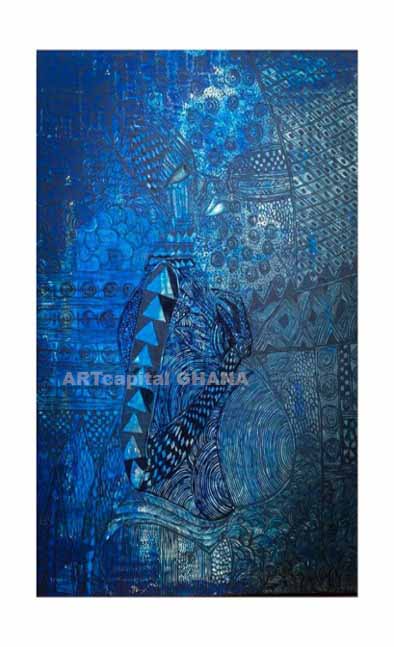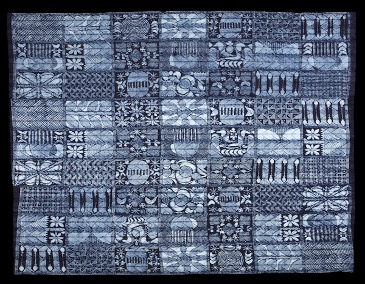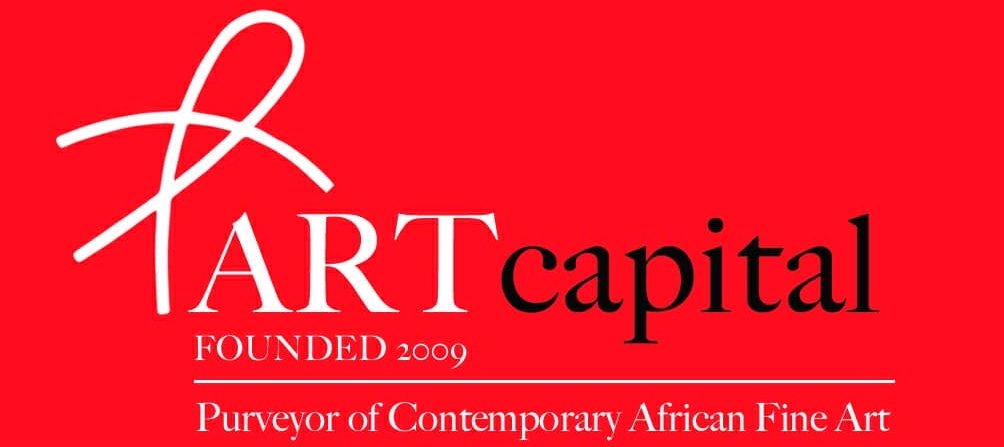By Nii B. Andrews.
Conflict-related sexual violence affects all genders and has occurred throughout human history.
It also takes different forms, such as sexual slavery, forced prostitution, and sexual torture.
During World War II, both Allied and Axis armies committed rape as a means of terrorizing enemy civilian populations and demoralizing enemy troops.
Under current international law, conflict-related sexual violence is characterised as a war crime and a crime against humanity.
The deleterious consequences of sexual violence include the spread of diseases, destruction of family ties and infliction of multi generational injuries.
Other sequelae include the entrenchment of gender disparities and the perpetuation of sexual violence in the postconflict period.

The Ghanaian artist, Cecilia Lamptey-Botchway, sees women as “the foundational power of African societies” even as they struggle against patriarchy and marginalisation.
She does not deny them agency as active participants in crafting a better future for women, their families and communities.
Lamptey-Botchway states that her work seeks to “explore a dialogue between voice and power”.
Thus, she is able to provide an ubernarrative that elevates and reinforces the inherent dignity and worth of each individual.

*****[Adire is the name given to indigo dyed cloth produced by Yoruba women of south western Nigeria using a variety of resist dye techniques.]
The painting, AYAK, provides a highly textured background with sophisticated light variation, rich in traditional African ideographs – the majority of which are utilised in the adire cloth designs – chevrons, spirals, lozenges.
From this background, an upright resilient female emerges in profile, with a prominent angular head, neck and a coffee bean wide open eye.
Her arm, breast and torso are composed largely of geometric shapes and it includes an obvious “baby bump”.
The whole painting is executed in shades of blue and indigo; once again referencing the textile traditions where women still hold sway while also giving the painting a fauvist slant.
Lamptey-Botchway explains, “This painting was inspired by a TIMES Magazine cover story, on victims of rape as a weapon of war.
In the story, Ayak from South Sudan poses while nine months pregnant because of being raped repeatedly while fleeing South Sudan to a UN refugee camp.
As the news report indicated, ‘the very act of photographing Ayak and her unborn child gave her the opportunity to celebrate the very thing her perpetrators had tried to rob from her – her beauty and her dignity’.”

The elegance of language. Nii Andrew as usual has a way with prose that make Art not only aesthetically pleasing and but understandable. Artist do not only painting but use the medium of art as a powerful commentary on society. As the fame Nigerian writer Adichie notes: We should all be feminists! Cecilia’s work is simply astonishing … African women should always have agency … Bravo